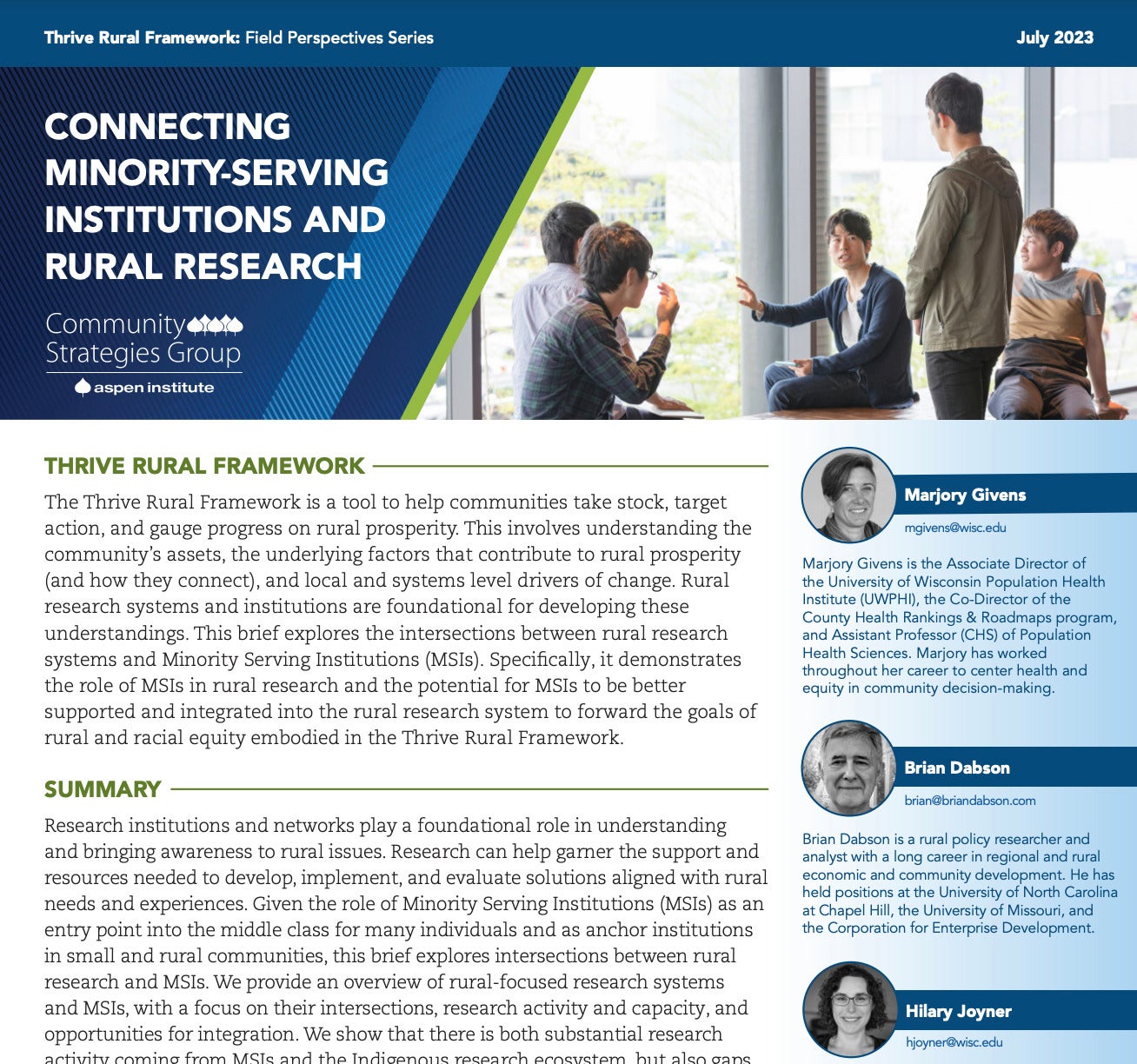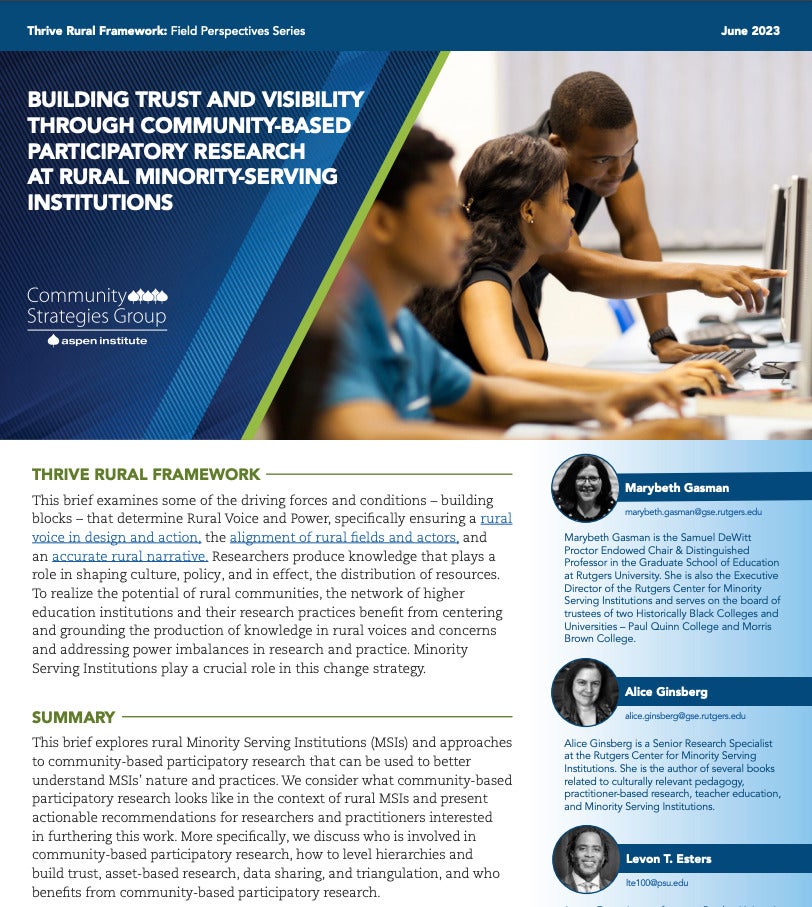Much has already been written about the student (and apparently non-student) protests at Middlebury College aimed at a speaker many students and faculty found distasteful. Two of the central characters in this protest drama, Charles Murray and Allison Stanger, have written compelling and poignant personal accounts of what occurred. There is a shared sense among all who have written to date that something was totally amiss on that infamous night when a speaker was literally shouted down and a professor injured. Free speech got trampled that day in Vermont on a bucolic campus. And things could have gotten way worse with the herd mentality and level of animus. Indeed, there could have been dozens of serious injuries to person and property.
As I have written elsewhere, if you cannot exercise free speech on a campus, where is it safe to exercise it?
One of the open questions, one raised overtly and with suggested outcomes by Dr. Murray, is what punishment should be meted out to the students (and non-students to be sure) whose behavior in some instances certainly broke legal rules (inciting injury; causing injury; destroying personal property) and most assuredly violated either written or inferred campus rules and social norms about decency, fair play and treatment of others.
Stated in its simplest form, should the hundreds of offenders be expelled from college, assuming they can be identified and given due process? Murray eloquently and fervently argues that this is the only satisfactory outcome but that likelihood is remote since pressure would be enormous from parents, alums, other students, faculty and staff to retain the enrolled students. However, Murray suggests that no solution short of expulsion will send the clear and forceful message that behavior like this will not be tolerated. Unsurprisingly, he takes a strong stand with little room for alternative approaches.
I beg to differ on how to treat the offending students, and I want to offer a different set of solutions.
When you read Dr. Murray’s essay, it is very personal. He felt personally targeted and notes that despite many similar speeches in the past (and a daughter who graduated from Middlebury), he had never faced such a situation. He had been booed and jeered to be sure but always within acceptable, oft-times prearranged parameters. No such pre-set arrangements had been made at Middlebury. And ironically Dr. Murray wasn’t speaking about his controversial older book The Bell Curve; instead he was to speak about his substantially less controversial new book Coming Apart: The State of White America. Dr. Stanger suggests that she, too, had never experienced anything like that evening in Vermont and it was the saddest day of her life — seeing values she held dear being shredded by students and faculty whom she knew.
I appreciate that if you are in the middle of a riot and are on a stage being shouted down, the incidents feel extremely personal. That is true for Dr. Murray and Dr. Stanger. I am not questioning for a nanosecond how being a target feels. Short answer: it feels awful. It is frightening. It seems almost surreal. It seems dangerous on every level and at every turn. It is shocking.
But, and this may be hard to Drs. Murray and Stanger and others to fathom or experience, I think that the protests were not about them. Let me repeat: the protests were not about these two individuals as individuals.
The protests were about months, years, decades, centuries of discrimination and silencing. The protests were, in essence, using Dr. Murray as a symbol of discrimination in America — a large male Lady Anti-Liberty statue. He was the focus of anger far beyond that which he generated in The Bell Curve. He was a stand-in for all that ails our nation in terms of civil rights and civil liberties, a plentiful list exacerbated by a new president who seems intent on offending more and more people with each passing day. He was a target — not because of what he wrote but because of where he was at this moment in American history with his words from the past serving as a backdrop.
Turning individuals into bigger symbols is not a new notion. As a college president, I was often turned into an authority figure (and reacted to as such) — even if being authoritarian runs contrary to every bone in my body, contrary to who I am at my core. We turn (often subconsciously) teachers into being our parents. Our children turn us, as parents, into ogres and we turn ourselves into our children to make up for missed childhoods. Transference of this sort is commonplace, even if often unrecognized or ignored.
Applying these observations to the protests at Middlebury: the actions on campus (bad as they were) were about discrimination and exclusion and silencing in America — encouraged by a new president of our nation and evidenced by the denial of access to our shores by hundreds of individuals who are not terrorists. The protests exemplified the fears of students and faculty who are minorities or immigrants, for whom life — travel home and how they are perceived on and off campus — is fraught with uncertainty. On the lilywhite Middlebury campus in a lilywhite state (forget the truth of deeply entrenched white intergenerational poverty), there is anger and fear and concern, both personal and more generalized.
If one sees the victims here as symbols, then how we deal with the situation shifts — from punishing wrongdoers to contextualizing the bad acts within a larger system of past and current discrimination and the outsized and outlandish behavior of our elected officials. Ostracizing the offenders (other than those who committed acts of violence and physical harm to people or property) will not solve what ails them. The punishment — expulsion — does not fit the crime.
Think about this analogy. When students are truant in high school, we ban them from school — precisely what they actually wanted in some sense in the first instance (apart from being noticed). We in essence give them what they want: free time, no rules, no constraints, no supervision. How ridiculous is that as a strategy? Instead, the punishment for truancy should be that the truants must attend school, that they must participate in certain prescribed before and after school activities. And then, it is up to the institution to make those encounters powerful enough and valuable enough and compelling enough that the truant students actually want to be in school. We are not seeking perfection here — 100% engagement and success. But surely we can do better than sending non-attending students home (assuming they have a home in the first instance).
So it is with the protesters at Middlebury. What is accomplished by expelling them? Is that the message we seek to send? You are banned from the academic community? Or might we see our role as educators differently? What if instead of expelling the protesters, we mandated that they engage in a certain class — taught with stellar pedagogy and bravery and wisdom? What if that class entailed debating key issues across American History or world history for that matter, issues as to which there has been fervent disagreement? What if we assigned these students to role-play positions that they would be hard pressed to defend (denying women the right to vote or segregating schools)?
Consider other activities that might be required (and as I write this I am wondering whether all students might benefit from this “punishment”):
- Community engagement where offending students worked in a Center for Restorative Justice or some other civic organization that encouraged improvement in our criminal justice system;
- Suppose these students identified a Supreme Court case and got into teams of eleven (9 justices; 2 lawyers) and read the briefs and the lawyers argued the case and had the students on the bench decide the case and write a majority, dissenting and concurring opinion;
- Suppose the offending students had to write a public, publishable and personal reflection on the events at Middlebury the night of the speaker’s being shouted down, and shared and discussed that with an assigned faculty member, a member of some clergy and some law enforcement personnel — expanding horizons. To add to that, suppose Middlebury published those reflections with some of their own (through alums, faculty, staff, other students, police officers and campus security);
- Suppose the offending students were asked to organize a campus event with a controversial speaker and to ensure that there were no laws broken and no barriers breached; and
- Imagine the offending students eating dinner weekly with the college president or other college administrators to talk about current and past events, with mandatory attendance and mandatory participation?
At the end of the semester, which approach is more likely to produce positive change in these students: expulsion or this panoply of activities (which would prolong enrollment within the college given all the extra work)? I’d say that’s a no-brainer; the on-campus students (if the items were well constructed and well executed and taken seriously by all) would end up better, wiser, more thoughtful people.
One important observation: the alternative punishment approach only works if the offending students accept it. Suppose they say: we are not going to do any of the five just identified items. The question then is whether these options are an alternative to expulsion and hence, students are in essence forced to do activities or they will be expelled. For me at least, I don’t want to create a Hobson’s Choice: be expelled or do these five things. Instead, I’d like to assume that students will do the requirement assignments/tasks and if they fail to do so, then the institution can deal with that. Why pre-plan the consequences of non-compliance before it occurs? And if it does occur, there may be many reasons why, and those would need to be taken into account to ensure that, yet again, the punishment meets the crime.
So, my two ingredients can be boiled down to this: appreciation for context and symbolism caused by century-old discrimination; and the opportunity to use the skillsets that were missing to improve oneself, one’s campus and one’s community.
My approach may not please Drs. Murray and Stanger. I get that. And, it may not please others gunning for revenge or retribution or deterrence. But isn’t the point of education to enrich and enhance the understanding of our students and enable them to enter the workplace and their communities with the capacity to engage meaningfully and productively?
Last time I checked, discarding someone doesn’t do that. Dignity was missing that March night. So was respect. So was civility. What better way to regain them than to retain the students so they can learn?

